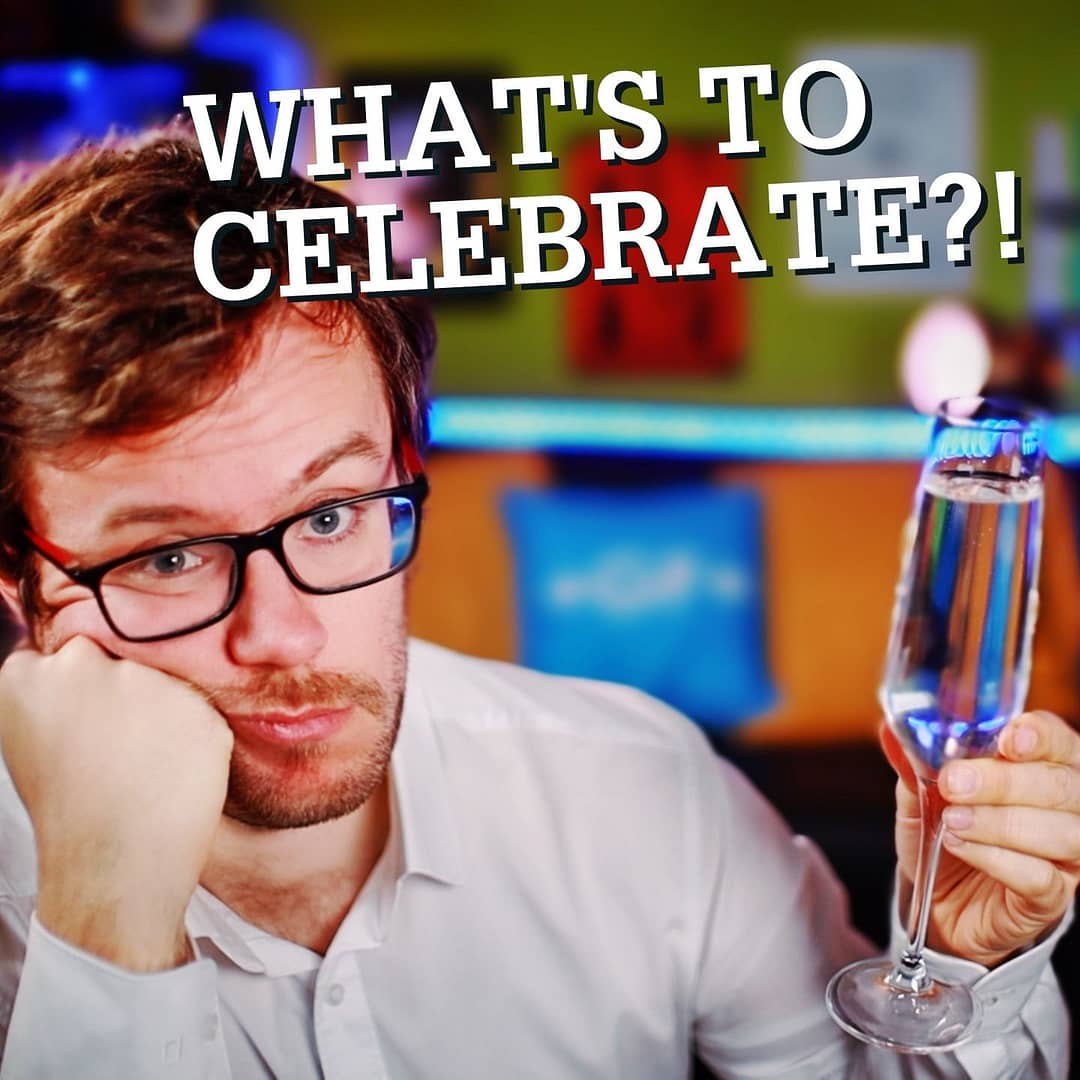World Water Day 2022 will be held on the 22nd of March, but how much of a failure is it, when after 29 editions, we still struggle so much with our progress towards achieving the UN SDG 6?
We must stop it. Here’s why ⬇️
Table of contents
What shall you publish for World Water Day 2022?
Every 22nd of March since 1993, you need to say something clever about Water.
If you’re out of ideas, the internet even has your back: help yourself with these top three:
Thousands have lived without love, not one without Water
W.H. Auden

When the Well is Dry, We’ll Know the Worth of Water
Benjamin Franklin

If there is magic on this planet, it is contained in Water
Loren Eiseley

Here you go! Now better get ready because you’ll have to say something clever about… Meteo on the next day.
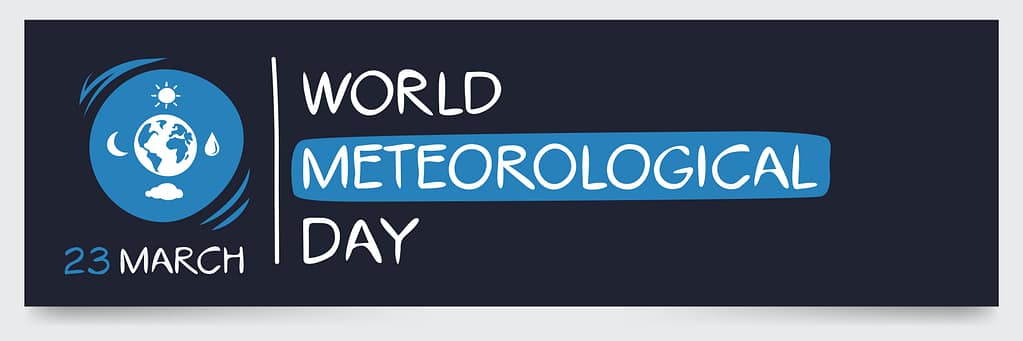
Why so?
The origins of the World Water Day
Since December 1992, the United Nations agreed to name every 22nd of March “World Water Day.”
After the limited progress, the World Water Decade had achieved over the 1980s, and before the limited progress the Millennium Development Goals would achieve from 2000 to 2015, the United Nations wanted to grab the World’s attention and direct it towards the 2 billion people living without access to safe Water.
Nothing wrong at all with that, of course!
But honestly, does it really help when Instagram influencers post about Water once a year, then return to promoting their latest Coupon-Code on a trendy Keto Diet?
Do you think I’m overplaying it? Then check on these Google Trends.

Every year in March, there’s a peak of interest in water topics. But overall, the tendency is still desperately flat.
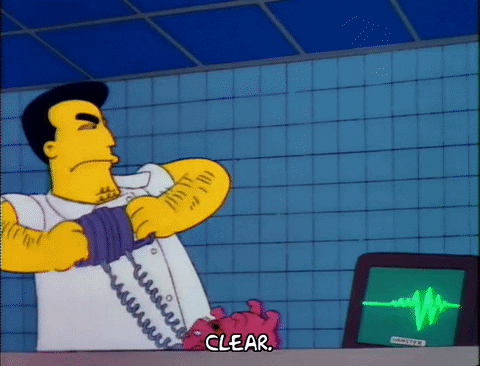
The problem with World Water Day
That wouldn’t be a problem if the numbers finally looked up somewhat good. Yet, when we skim into it:
Between the moment when the United Nations named the 1980s the Water Decade in Mar del Plata in 1977 and the closing date of the Millennium Development Goals in 2015, 2.8 billion people on Earth gained access to improved Water.
That would be an incredible achievement! … if the World’s population did not increase by 2.8 billion people over the exact same time period.
In other words, the number of people without access to safe drinking water did not change at all in 45 years of international efforts, despite 29 editions of a World Water Day.
Did the UN SDG 6 change the picture?
And that did not spectacularly change under the new regime of SDG6. By 2015, and over the 138 countries officially sharing their data, 70% of people had access to safely managed drinking water.
Sure, 2020 looks somewhat better. But with 74%, we’re still progressing at a quarter of the speed we should, to achieve 100% by the target date of 2030.
Worse: in areas like Sub-Saharan Africa, the number of people without access to safe drinking water even increased by about 10%.
And looking forward, I’ve already shared how SDG 6.2, aka, “Achieve access to adequate and equitable sanitation and hygiene for all and end open defecation,” will see the situation worsen in more countries than the ones that will meet the Goal by 2030.

Is it the fault of World Water Day? Of course not; that would be unfair.
Water is just one of many World or International Days
Yet with 192 World or International Days of something listed on the United Nation’s agenda, more than one out of two days shall be a special day. And can you really expect anything from a special event when it happens so often?
Plus, on a subjective note, is it frankly doing Water a favor to place it on the same level as the French Language (que le monde célèbre deux jours plus tôt), Radio, Jazz, Bicycle, or Chess?
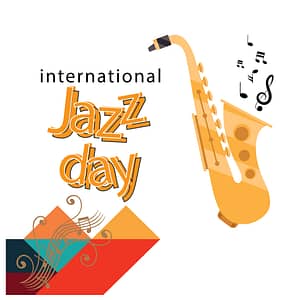

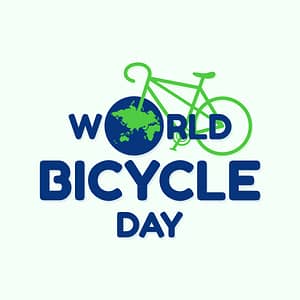
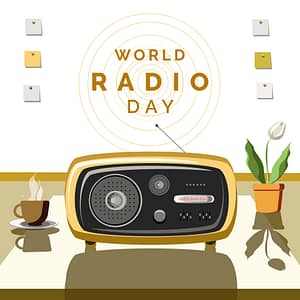
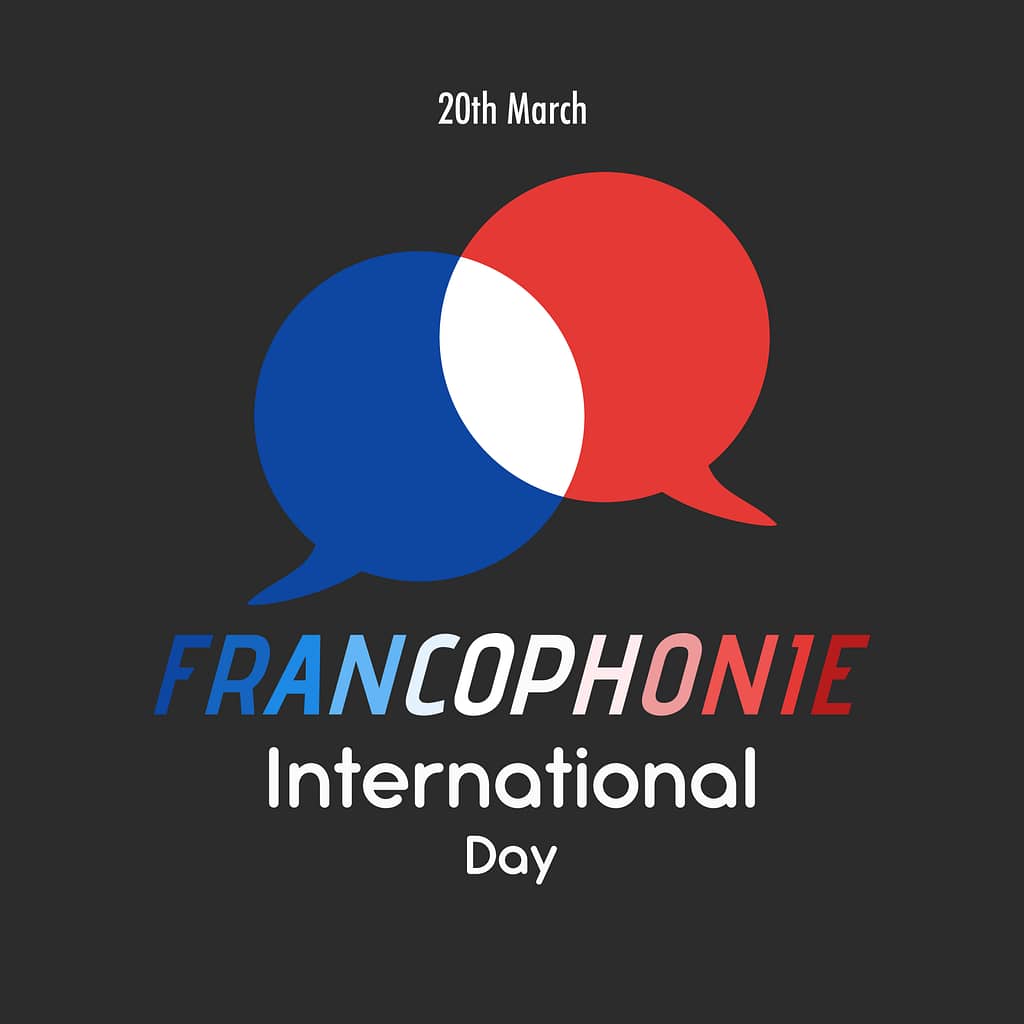
When shall World Water Day disappear? Could it be 2022? How?
The beauty of World Water Day is that it was designed to disappear. As soon as every human on Earth can benefit from its right to affordable clean Water, the 22nd of March could be freed to become whatever else needs attention from the international community.
So when do we make it disappear? When do we actually walk the talk? I certainly don’t pretend to have all the answers but have a look here to get some actionable insights on how to move the needle:
And if you want to dive deeper, I’ve been asking 20 Water Influencers for wisdom together with Björn Otto. We will be reviewing their input on the next Water Show: don’t miss out!
But what’s it all about this year?
World Water Day 2022 comes with a special focus on groundwater. Indeed, with climate change and water scarcity on the rise, the uses of groundwater have reached the limits of what’s sustainable for our planet.
This is true on a global level, but also on local actions, like California’s Sustainable Groundwater Management Act we’ve been reviewing on the podcast.
Does it harm, when such topics make the news? Of course not: raising awareness is an important staple in our water future.
People better valuing the resource can only help, and field action arranged on or around the WWD events serve exactly that purpose. This makes the invisible visible! (I’ll be personally visiting the wastewater treatment plant next to our home with my daughter).
But again, it shouldn’t prevent humanity and nations from collectively acting, more than one day (or week) per year.
Why it’s an incredible opportunity for children
As I shortly mentioned, a lot of the water infrastructure that serves our community is widely invisible (especially, everything linked to groundwater and sanitation).
So better protecting resources, understanding the issues, and making them visible to children is a chance to initiate a change.
Shall it need a global annual event to happen? I’d say no. But whatever helps, whatever recreates a social link to water, whatever brings children into that field shouldn’t just be bluntly dismissed.
I’d certainly not want to become such a pessimistic critic on this website! 😅

